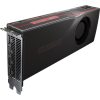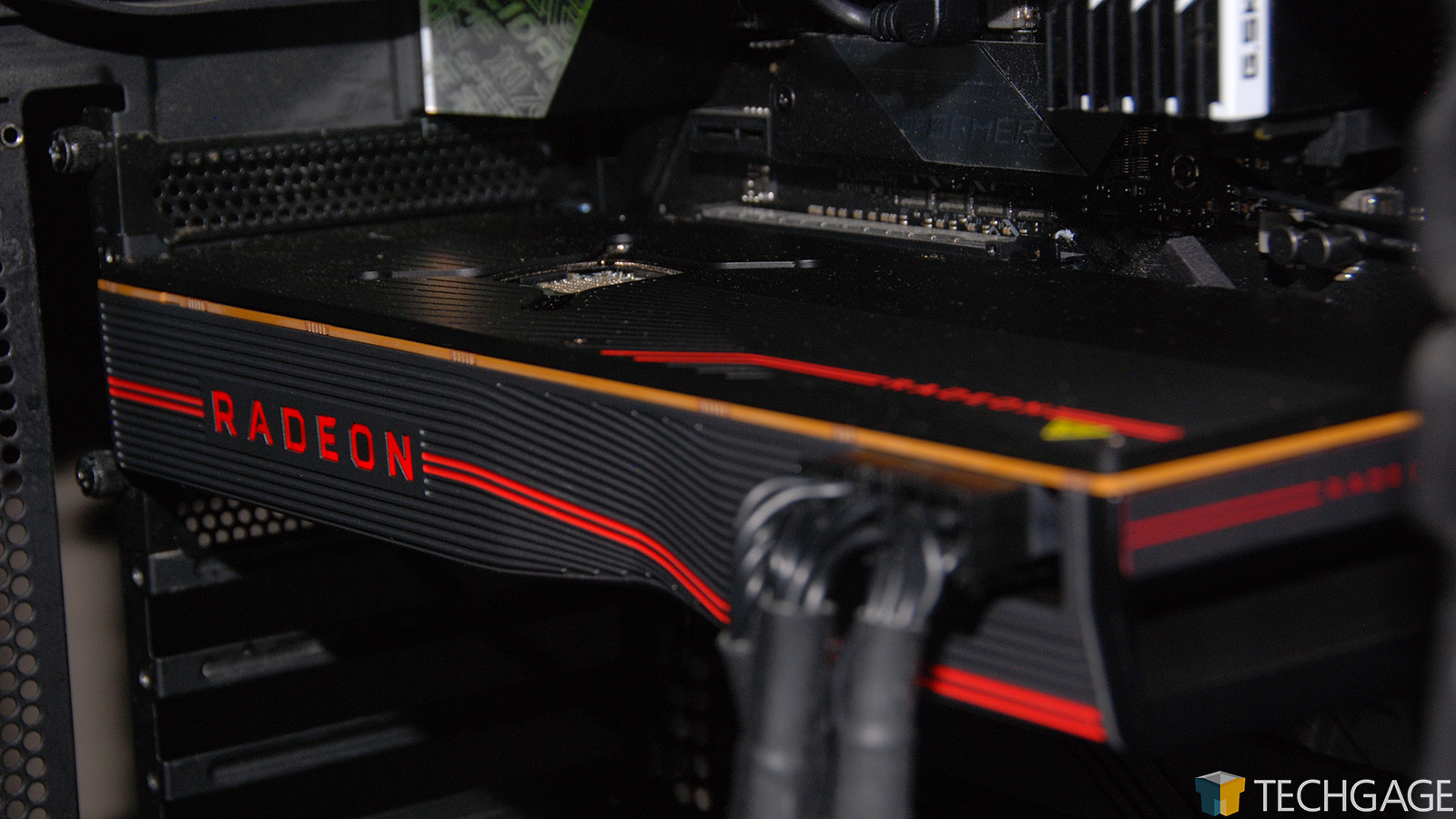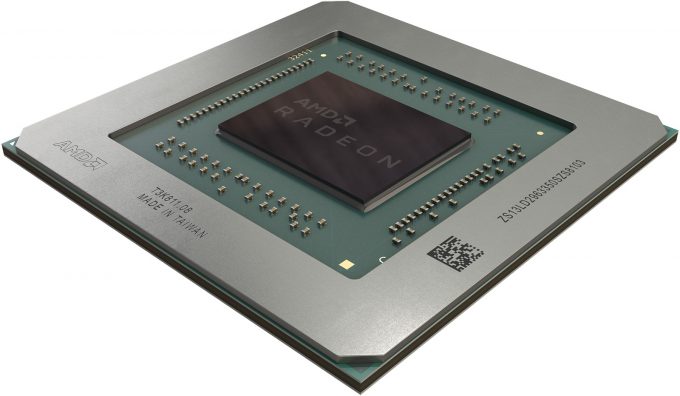- Qualcomm Launches Snapdragon 4 Gen 2 Mobile Platform
- AMD Launches Ryzen PRO 7000 Series Mobile & Desktop Platform
- Intel Launches Sleek Single-Slot Arc Pro A60 Workstation Graphics Card
- NVIDIA Announces Latest Ada Lovelace Additions: GeForce RTX 4060 Ti & RTX 4060
- Maxon Redshift With AMD Radeon GPU Rendering Support Now Available
AMD’s Radeon RX 5700 & RX 5700 XT At 1080p, 1440p & Ultrawide

Mid-range gamers who are overdue for an upgrade might want to pay attention to the latest options to just hit the market. Following NVIDIA’s launch of GeForce SUPER last week, AMD is now taking the veil off of its Navi-codenamed GPUs, based on the brand-new RNDA architecture. With three resolutions on tap, let’s explore the performance of the $349 RX 5700 and $399 RX 5700 XT.
Page 6 – Final Thoughts
It’s a fun time for GPUs, with both AMD and NVIDIA doing their part to keep people talking. To simply say that AMD’s Navi-based GPUs have been hyped would be an understatement. We remember engaging in deep conversation with industry friends about the then-unnamed RNDA architecture two years ago during Computex, so it truly does feel like the RX 5700 series has been a long time coming.
It’s also a launch that’s caused NVIDIA to use this particular point in time to launch iterations on its original GeForce RTX GPUs, save for the top-end 2080 Ti. We looked at the RTX 2060 and 2070 SUPER variants the other day, and expect to have a look at the RTX 2080 SUPER when it arrives in a few weeks.
There’s no better example than what we’re seeing right now to show what a competitive market can do. AMD announced its RX 5700 series at E3 in mid-June with higher price tags than what we’re seeing today. The RX 5700 XT dropped from $449 to $399, while the non-XT’s price saw $30 shaved off, now putting it at $349.
Some have speculated that AMD “baited” NVIDIA into launching with lower prices, but we’re not entirely sure about it. The RTX 2060 SUPER has come as an addition to NVIDIA’s lineup with a $50 premium, so there’s no lower price there, and the other two SKUs replace the old ones in their same price slot. Whatever the reason for the current price-points, we’re glad to see them. There is a lot of gaming performance in these $349~$399 GPUs, and a notable boost with the RTX 2070 SUPER at $499.
When AMD announced Navi’s advance price drop, it admittedly gave us a bit of a bad feeling about what the results would look like. We figured even at the revised pricing, AMD would struggle overall. Instead, what we saw was some seriously competitive hardware. In many cases, AMD’s RX 5700 XT fought ridiculously hard against the card $50 more expensive, exceeding it on multiple occasions. That’s even in games that are geared more at NVIDIA, like Shadow of the Tomb Raider.
The RX 5700 has also impressed all-around, doing great battle against the RTX 2060 non-SUPER, which will continue as a product alongside the new SUPER. But considering the fact that the RX 5700 managed to beat the non-SUPER RTX 2060 more often than not, AMD wins that $349 slot, if we’re talking pure performance and not taking RTX features into consideration. We’d have to take the framebuffers into consideration, though, and at $349, AMD offers 2GB more than NVIDIA.
The choices at the $349 and $399 price-points are great right now, from both camps. You just have to choose which strengths from each you care about most. At $349, the RX 5700 won most of the battles against the RTX 2060, but the card of course misses out taking advantage of real-time ray tracing games, of which the collection of supported titles is growing. NVIDIA’s advanced screenshot tools Ansel and FreeStyle have growing industry support, as well, but won’t matter to everyone.
Similar pros and cons can be seen in the $399 battle against the RX 5700 XT and RTX 2060 SUPER. AMD again performed great overall, competing hard against the competition, managing to win many battles. Overall, the RTX 2060 SUPER can’t be called a clear winner, so AMD has delivered on its promise of giving the market a really competitive product.
That brings us to a thought of… if AMD had kept its original pricing, our outlook right now would be quite a bit different, because NVIDIA would have effectively won most of the battles, and tacked on those much-hyped RTX features. And really, those RTX features are the bulk what your choice comes down to right now. Both AMD and NVIDIA offer great performance for their respective price-points, but NVIDIA seems to carry a bit of a tax for its special RTX toys.
The ultimate message to come out of this competition is that the time to buy a mid-range GPU is right now. Or, at least as soon as these new GPUs from both sides pop up at etail.

AMD Radeon RX 5700 Graphics Card
Support our efforts! With ad revenue at an all-time low for written websites, we're relying more than ever on reader support to help us continue putting so much effort into this type of content. You can support us by becoming a Patron, or by using our Amazon shopping affiliate links listed through our articles. Thanks for your support!







